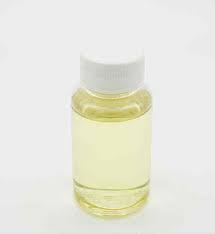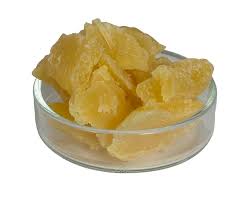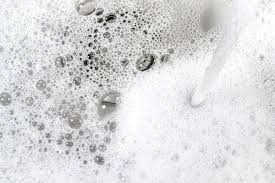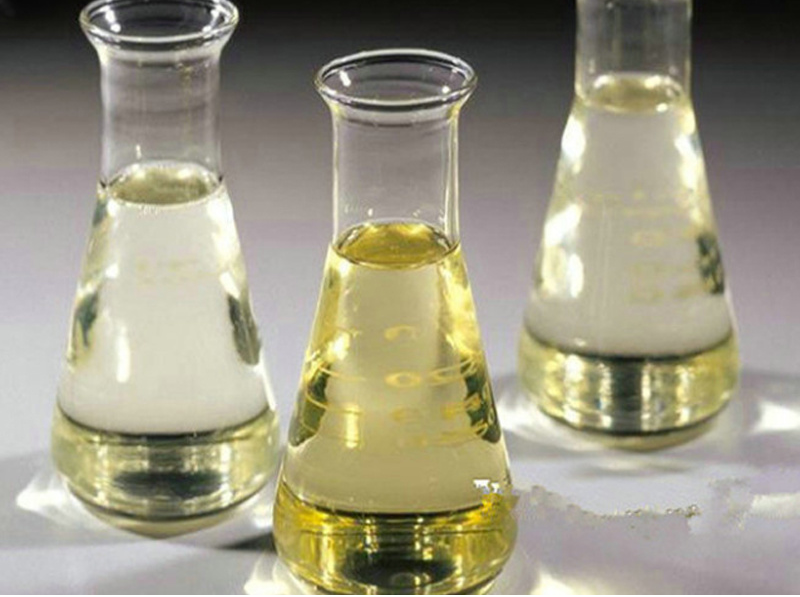**Bleach: Cleaning Powerhouse or Secret Surfactant? The Surprising Truth**
(Is Bleach A Surfactant)
You grab the bleach bottle when whites get dingy or nasty mold appears. It’s a cleaning legend. But is bleach doing the same magic trick as the soap in your dishwater or the shampoo in your hair? Is bleach secretly a surfactant? Let’s scrub away the confusion and see what bleach really is.
**1. What Exactly is a Surfactant?**
Think about washing greasy dishes. Water alone beads up and rolls off the oil. Add dish soap, and suddenly the water spreads out, grabbing the grease. That magic is thanks to surfactants. Surfactant means “surface active agent.” These clever molecules have two distinct ends. One end loves water (hydrophilic), the other end hates water and loves grease or oil (hydrophobic). When you add surfactants to water, they get to work. The hydrophobic tails latch onto dirt, oil, and grease. The hydrophilic heads face the water. This forms structures called micelles, trapping the grime inside. The micelles lift the grime off surfaces and keep it suspended in the water so it rinses away. Surfactants are the backbone of soaps, detergents, shampoos, and many cleaning products. They make water wetter and break the surface tension, allowing it to penetrate and lift away messes.
**2. Why Do People Wonder If Bleach is a Surfactant?**
It’s an easy mistake. Bleach and surfactants often work side-by-side in powerful cleaners. You see bleach tackling tough stains and brightening whites. Surfactants lift dirt. Together, they’re a cleaning dream team. Bleach solutions sometimes feel a bit slippery or look like they foam slightly when shaken, similar to soapy water. This visual trick makes people think bleach itself has surfactant properties. Bleach definitely interacts with surfaces. It penetrates fabrics and breaks down stains. But this action isn’t about lifting dirt with dual-ended molecules. It’s about a powerful chemical reaction. Bleach’s stain-fighting power comes from oxidation, not from forming micelles. The confusion is understandable but misses the fundamental chemistry difference.
**3. How Bleach Actually Works (Hint: Not Like a Surfactant!)**
Bleach isn’t about lifting grime. It’s about annihilation. The active superstar in household bleach is sodium hypochlorite (NaOCl). When dissolved in water, it forms hypochlorous acid (HOCl). This acid is a fierce oxidizing agent. Oxidation means a substance loses electrons. For stains, this is bad news. Bleach attacks the colored molecules in stains – think coffee, wine, grass, or mildew. It breaks the chemical bonds holding those molecules together. By smashing these bonds, bleach destroys the part of the molecule that gives it color. The stain vanishes, not because it’s lifted away, but because it’s chemically dismantled. Bleach also destroys bacteria, viruses, and mold by oxidizing their essential cell components. Its action is rapid and destructive. It doesn’t gently surround dirt; it obliterates it. That’s a very different process from the dirt-trapping micelles formed by surfactants.
**4. Key Applications: Where Bleach Shines (Without Being a Surfactant)**
Bleach excels in specific jobs thanks to its oxidizing power. Disinfection is number one. It kills a wide range of germs on hard surfaces, in water (like pools), and even on food preparation surfaces when used correctly. Sanitizing kitchens and bathrooms is a classic bleach job. Stain removal is another major use. It tackles stubborn organic stains on white fabrics and some hard surfaces. Think yellow underarm stains on shirts or mildew on grout. Whitening and brightening go hand-in-hand with stain removal. Bleach breaks down yellowish compounds that make white fabrics look dull, restoring brightness. Deodorizing happens because bleach destroys the bacteria or organic matter causing bad smells, not just masking them. Finally, algae and mold control in places like decks or driveways relies on bleach’s ability to kill these organisms. Remember, bleach is usually paired with surfactants in formulated cleaners to get both deep cleaning and whitening/disinfecting power. The surfactant lifts the dirt, the bleach destroys stains and germs.
**5. Bleach & Surfactants: Clearing Up the FAQs**
* **Is bleach a surfactant?** No. Bleach (sodium hypochlorite) is a powerful oxidizing agent. It destroys stains and germs through chemical reactions, not by acting like a soap.
* **Can bleach clean by itself?** Bleach is great at disinfecting, whitening, and destroying stains, but it’s not great at lifting away greasy dirt or soil on its own. That’s why bleach cleaners often contain added surfactants.
* **Why does bleach sometimes feel slippery?** This slight slickness might come from minor impurities or the way the hypochlorite solution interacts with your skin or surfaces. It’s not the same as the slickness from true surfactants designed to lift oils.
* **Is it safe to mix bleach with surfactants (like dish soap)?** Be extremely careful. Mixing bleach with other cleaners, especially acids or ammonia, creates dangerous toxic gases. Only mix bleach with water unless the cleaner specifically states it’s formulated with bleach and surfactants. Never add extra soap to bleach water.
(Is Bleach A Surfactant)
* **What’s the main difference in how they clean?** Surfactants lift dirt and grease away by surrounding them. Bleach destroys stains and germs by breaking them down chemically. They are different tools for different parts of the cleaning job.
Inquiry us
if you want to want to know more, please feel free to contact us. (nanotrun@yahoo.com)




